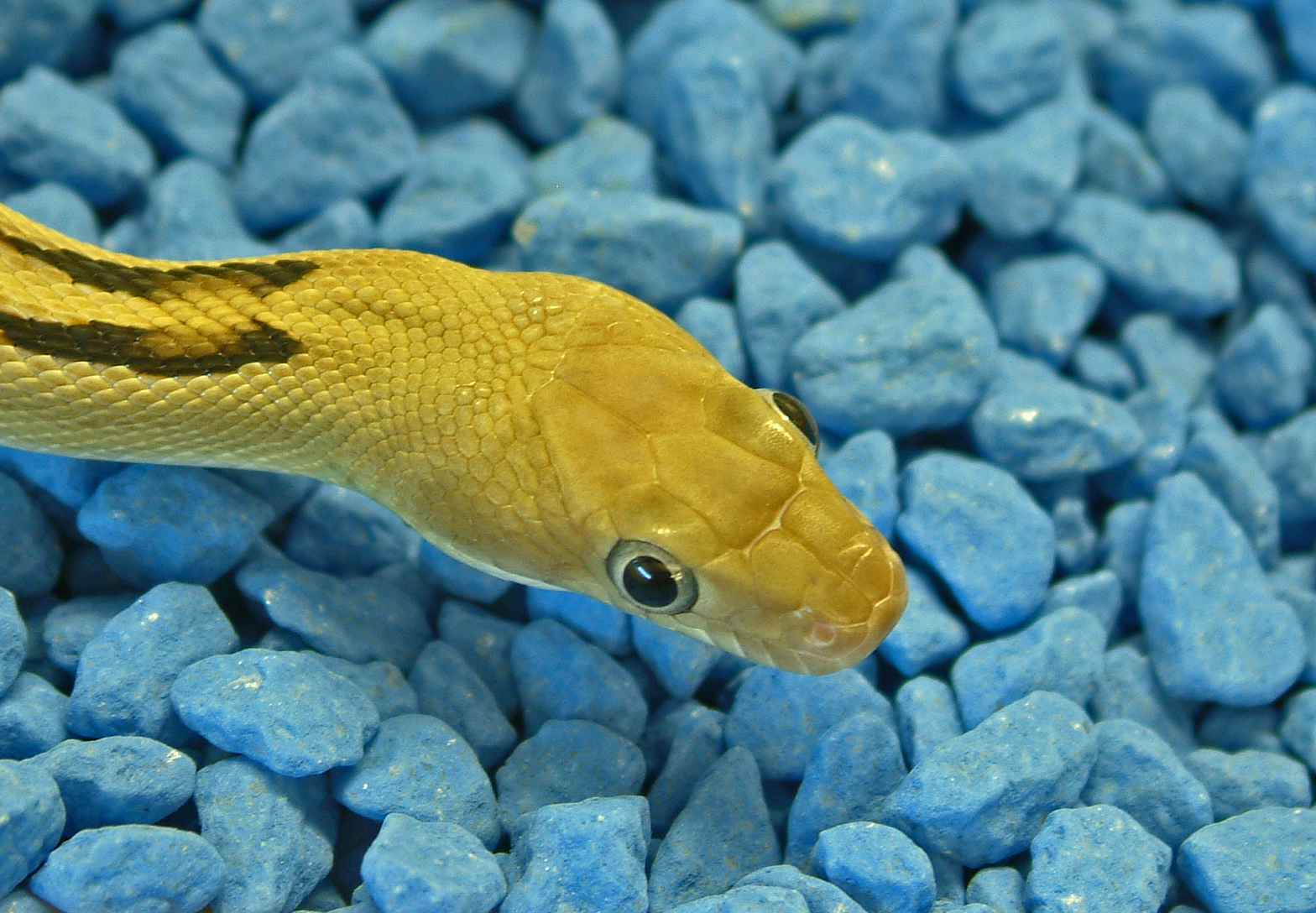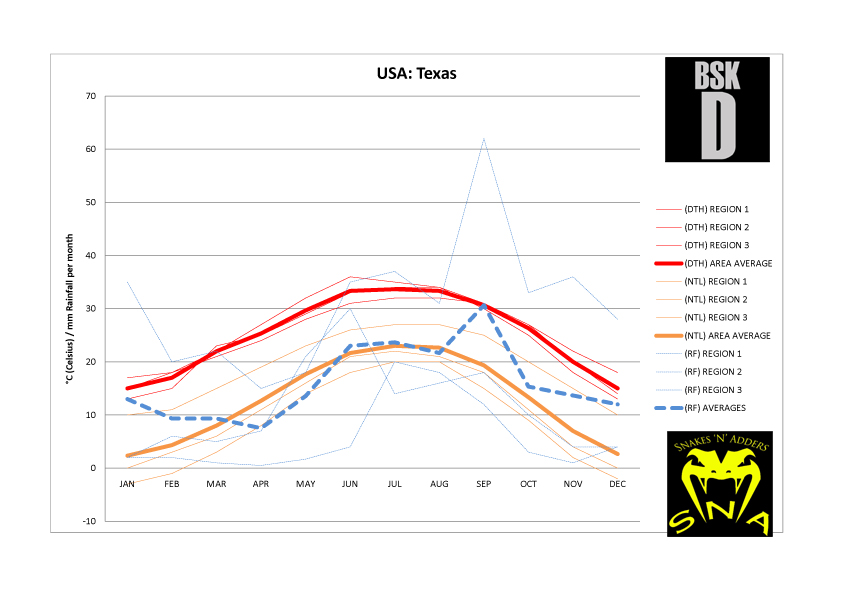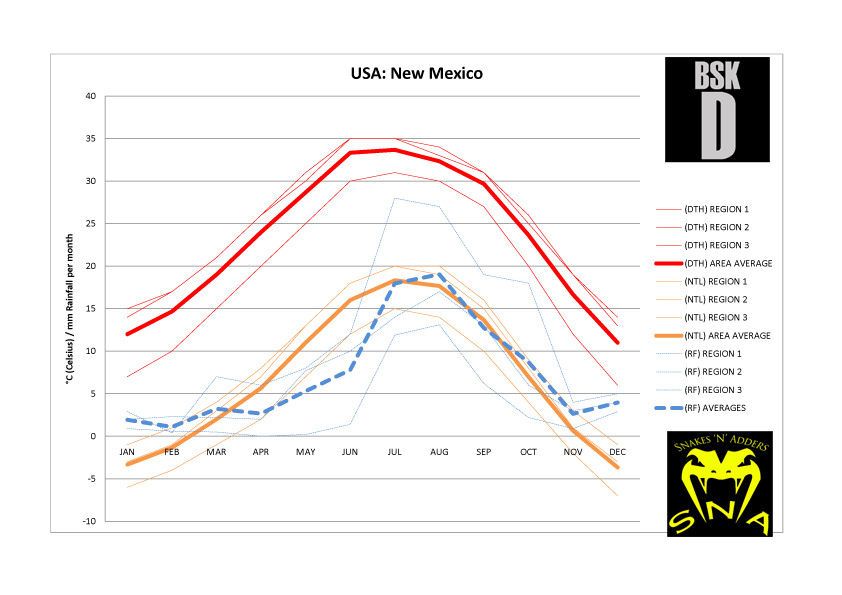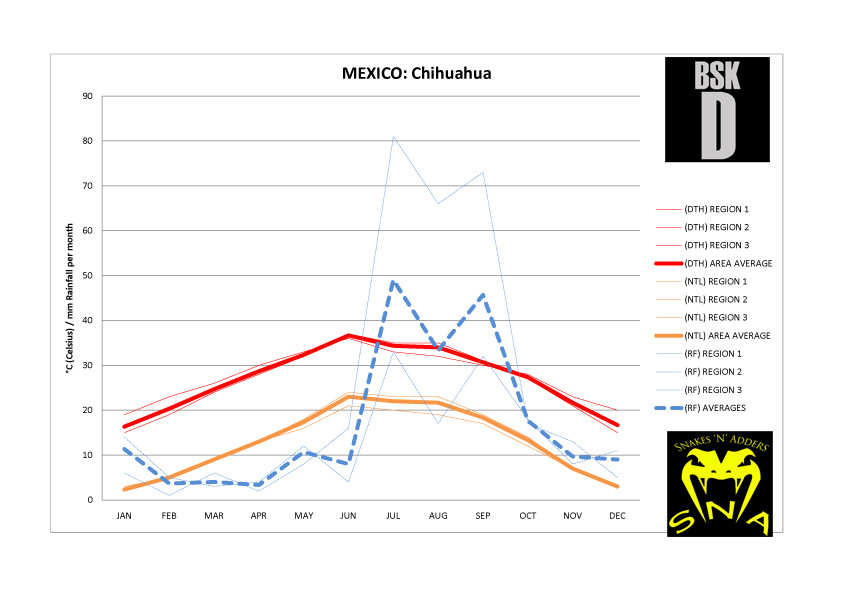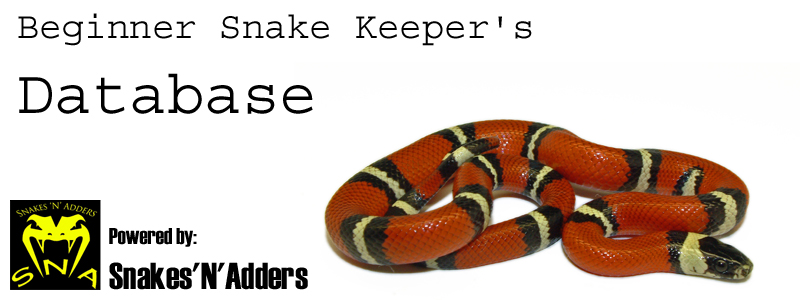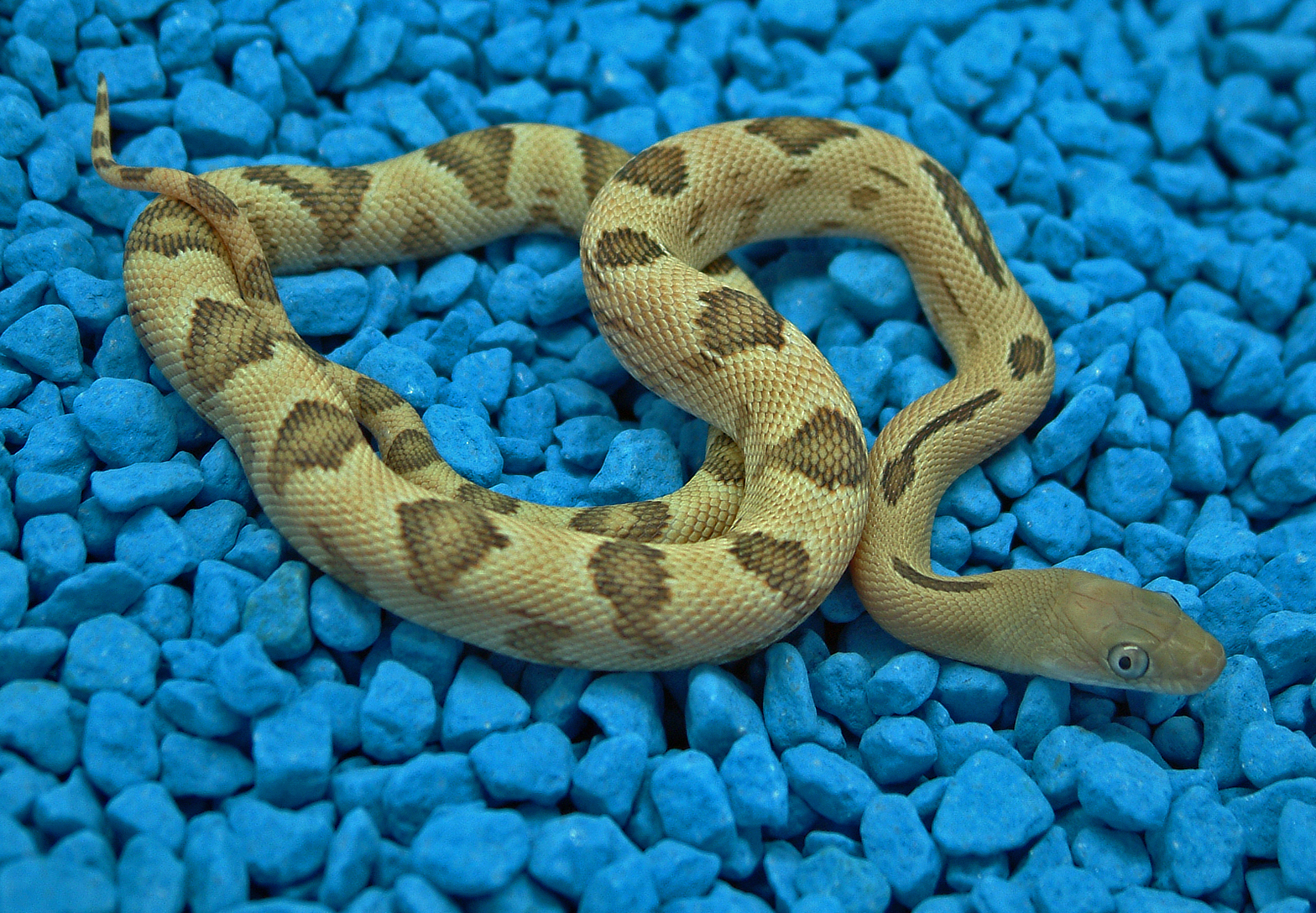
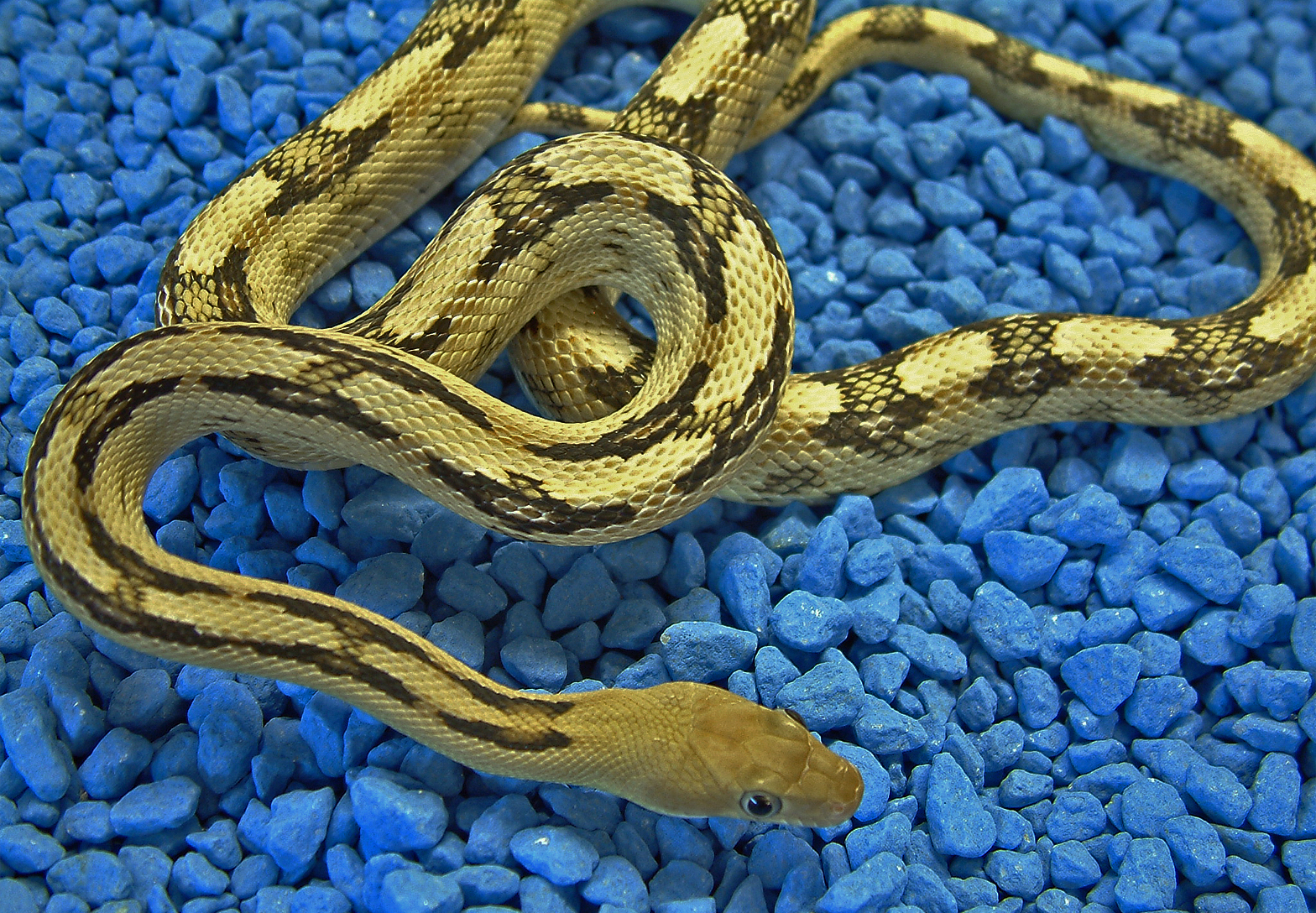
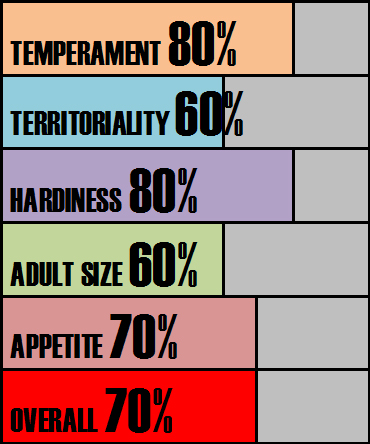

Score analysis:
The scores here are all interlinked with one variable impacting on another and therefore the scores with this species are more nuanced than with other accounts. Generally, temperament is fine if a little flighty. It is the snakes’ inherent nervousness than causes the problems with fasting as a result. Striking a balance is key.
Certain babies can be very defensive but this is often fleeting with animals calming down nicely. Again the issue here is balancing interaction frequency and disturbing the animal and balancing food intake and metabolic rate.
Tied in with the previous two variables hardiness is affected by stress and their somewhat more specialist existence. They can take harsh environments so the usual hardiness consideration is not the issue here but the ability for our interactions to adversely affect the snake.
The older the snake gets, the more these issues subside as it becomes socialised. It’s a shame that we can’t offer 2 scores, one for a baby and one for an adult. The reward with patience and giving the snake time will be a truly spectacular Rat Snake that is always in demand.
This is a mid-sized Rat Snake maturing to around 6ft in length. This may give less experienced keepers cause for concern but in truth by the time Trans Pecos are reaching these lengths they are usually very calm snakes that are wonderful to handle and are not flighty in the least.
Appetite, particularly with younger animals can be adversely affected by overzealous handlers and badly thought out enclosures that do not provide enough security for this species. This is reflected in the score. As long as the snake feels safe there should be little or no issues in getting the snake feeding. You may find they prefer feeding at night so daytime feeding trials may well fail for that reason.
Enclosure recommendations:
Tub:
not appropriate long term and may only be a stop gap solution to grow the baby snake on in.
Vivarium:
120cm x 60cm x 60cm
Budget rig: -
40cm x 30cm heat pad
On / off thermostat
Digital thermometer to monitor thermostat performance
Warm hide
Cool hide
Water bowl
substrate
Recommended rig (vivarium only): -
250w ceramic heat emitter
Ceramic lamp holder and bracket
Bulb guard
Day night thermostat
Digital thermometer to monitor thermostat performance
Various logs and caves along the thermal gradient
Damp hide (optional)
Climbing and exercise branches
Plants and foliage (live or artificial – your choice)
Water bowl
Substrate
UVB light (8w T5 shade dweller 7% kit from Arcadia or equivalent) (optional)
Subterranean section to vivarium for further psychological security (optional)
Climate analysis:
With regions peaking at 35°c or more in the shade this explains the more nocturnal or crepuscular (dawn and dusk) habits of the snake. Brumation likely to take place between November to March but this may vary from region to region. Wet season occurs mid to late summer but looking at the thin trace lines this is also highly variable. Copulation would occur in the spring with hatching coinciding with the beginning of wet season.
Conclusion:
As long as we can nurture the baby snake through into adulthood a wonderful and attractive pet snake is the result. This species may require more dedication and a cerebral approach to its care than some of the other species listed here.
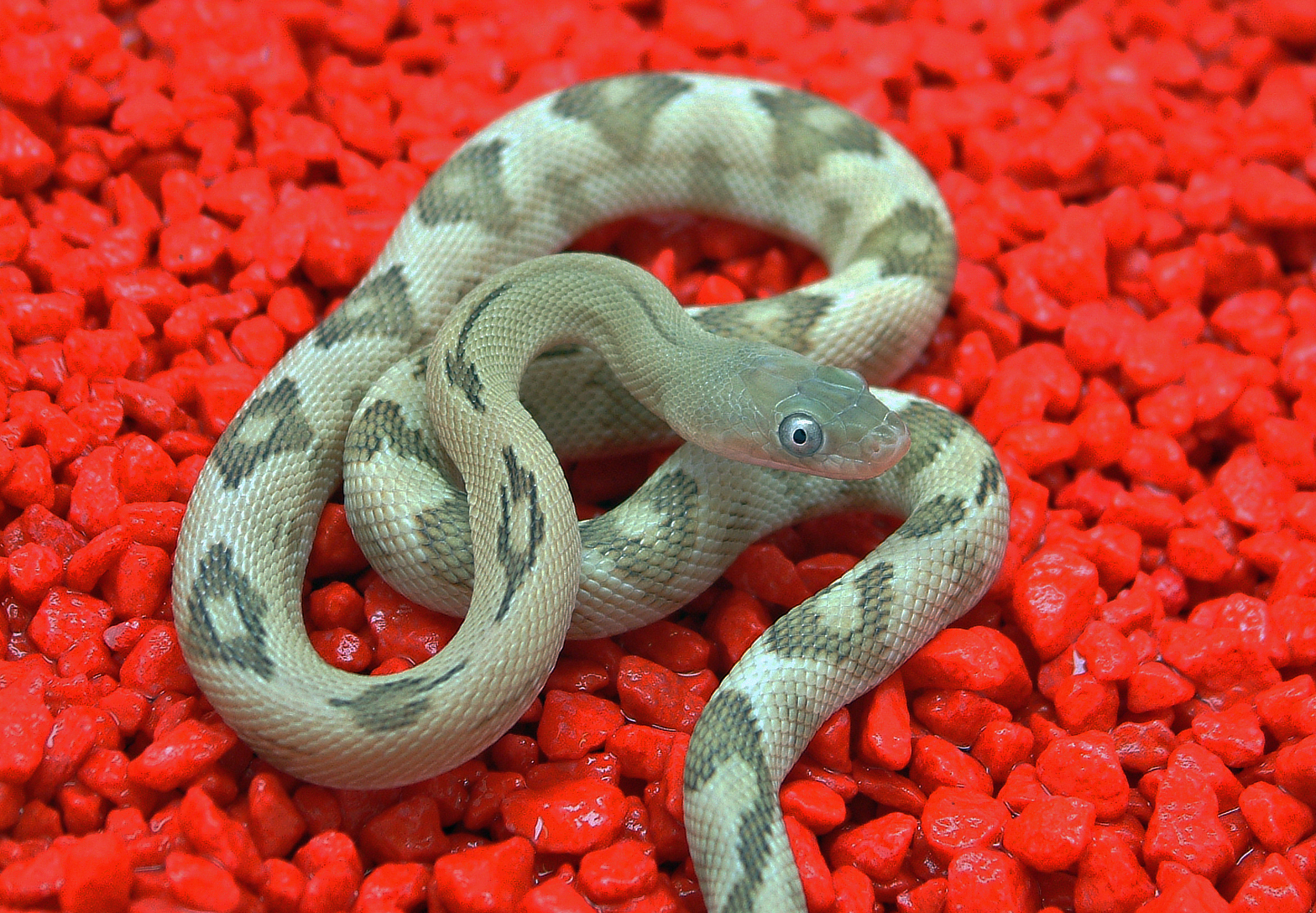
.jpg)
.jpg)
